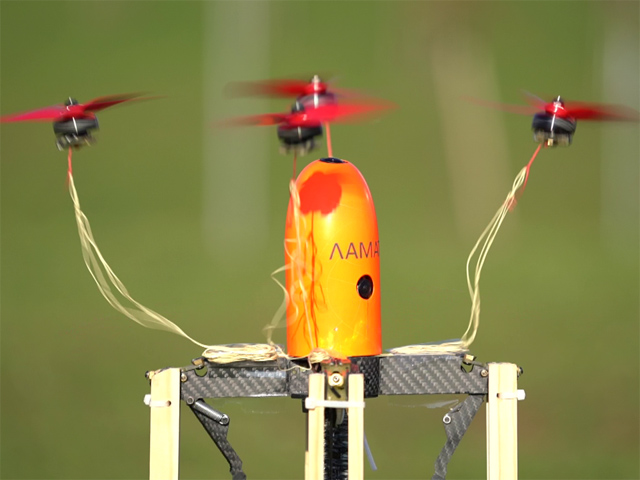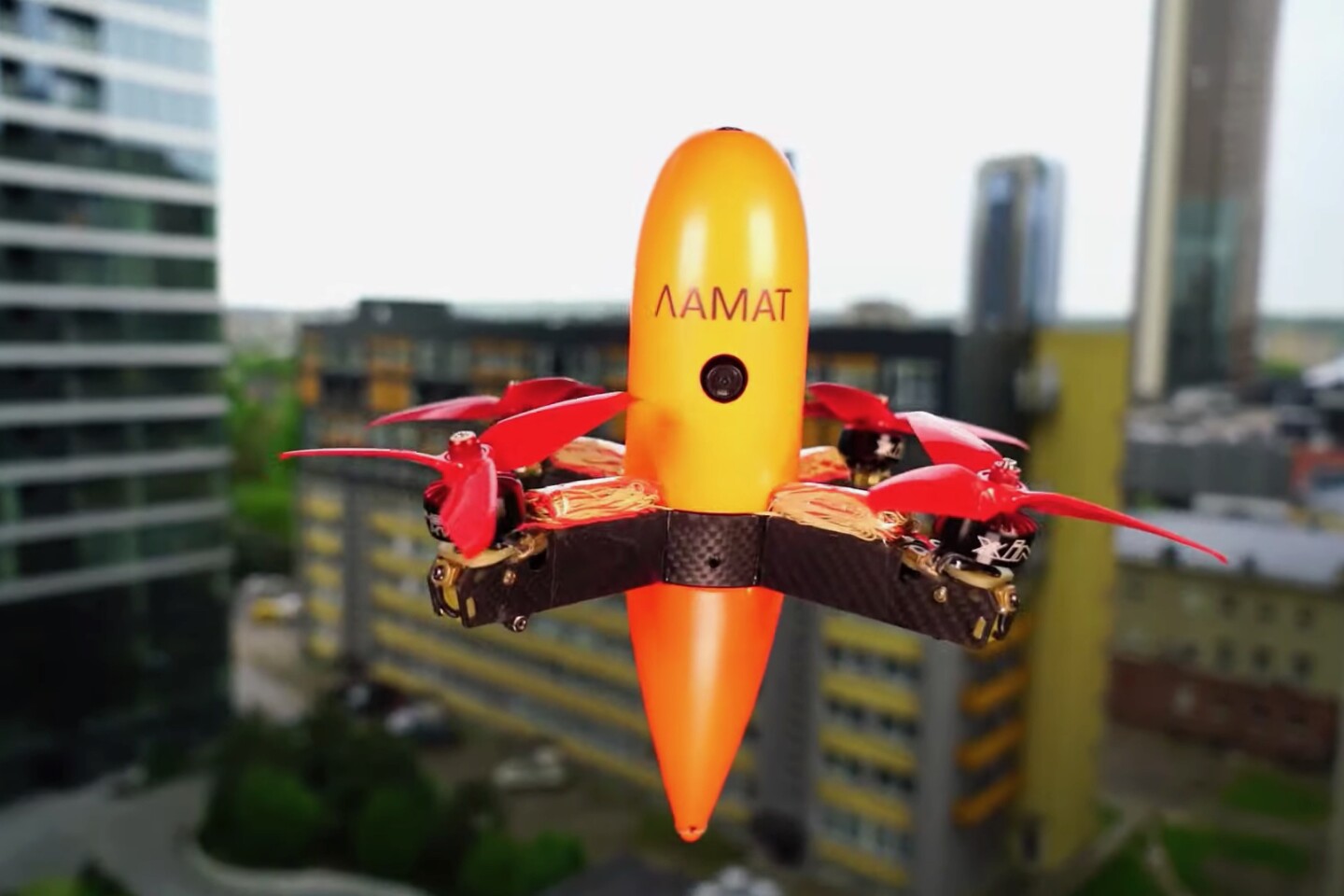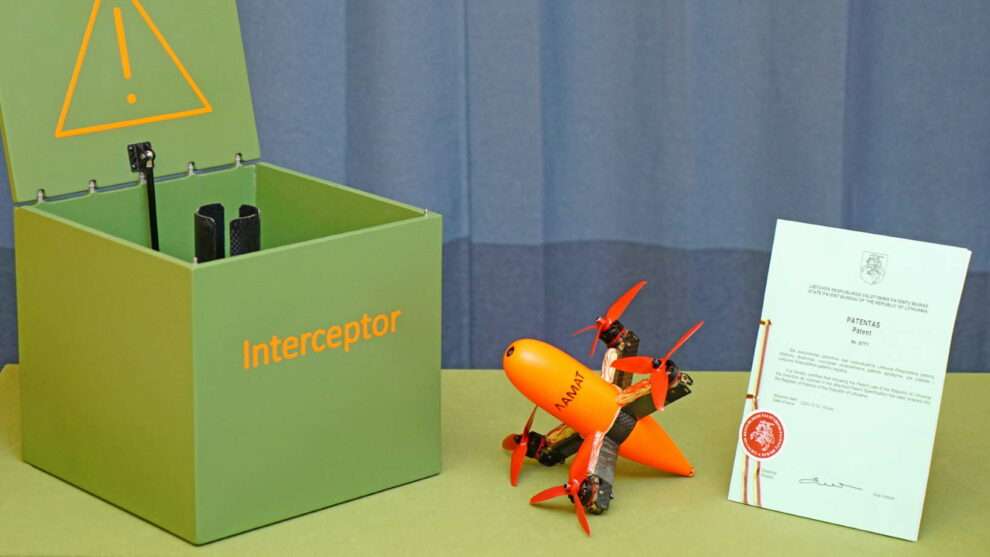Drone Interceptor technology has emerged as a critical advancement in counter-unmanned aerial system (C-UAS) defense, addressing growing concerns about unauthorized drone activities in sensitive airspace. This sophisticated system combines multiple technologies to detect, track, and neutralize potentially threatening drones, marking a significant evolution in aerial security measures.
The science behind Drone Interceptor systems represents a convergence of various technological disciplines, including radar systems, artificial intelligence, and advanced materials engineering. At its core, the technology employs a multi-layered approach to drone detection and neutralization. Modern interceptor systems utilize sophisticated radar arrays that can identify objects as small as consumer drones at considerable distances, distinguishing them from birds and other airborne objects through advanced signal processing algorithms.

Radio frequency (RF) analysis plays a crucial role in the system’s effectiveness. These systems can detect and analyze the communication signals between drones and their operators, enabling rapid identification of potential threats. The technology employs specialized antennas and signal processors that can identify specific drone communication protocols, even in crowded RF environments. This capability proves particularly valuable in urban settings where numerous wireless signals compete for attention.
Artificial intelligence and machine learning algorithms form the backbone of modern interceptor systems’ decision-making processes. These systems can analyze flight patterns, behavior characteristics, and other parameters in real-time to determine whether a drone poses a genuine threat. The AI components continuously learn from new encounters, improving their ability to distinguish between authorized and unauthorized drone activities while reducing false positives.
The physical interceptor component represents perhaps the most innovative aspect of these systems. Advanced interceptor drones employ sophisticated propulsion systems that enable rapid deployment and precise maneuvering capabilities. These purpose-built machines utilize lightweight yet durable materials, often incorporating carbon fiber composites and advanced alloys to maximize performance while maintaining structural integrity during high-speed intercept operations.
Neutralization methods vary depending on the specific system and application. Some interceptors employ physical nets or specialized tethers to entangle target drones, while others use directed energy weapons or electronic warfare techniques to disable their targets. The choice of neutralization method often depends on the operating environment and potential collateral damage considerations. Urban deployments typically favor non-kinetic solutions to minimize the risk to people and property below.

The importance of Drone Interceptor technology extends across multiple sectors. In the realm of airport security, these systems provide crucial protection against drones that could interfere with commercial aviation. Recent incidents at major airports worldwide have highlighted the potential for significant economic impact when drone incursions force runway closures or flight diversions. Interceptor systems offer a proactive solution to maintain continuous airport operations while ensuring passenger safety.
Critical infrastructure protection represents another vital application. Power plants, government facilities, and other sensitive installations face increasing threats from unauthorized drone surveillance or potential attacks. Drone Interceptor systems provide these facilities with a reliable defense mechanism against aerial intrusion, helping maintain operational security and protecting valuable assets.
Law enforcement agencies have found particular value in this technology for crowd management and event security. Major public gatherings, sporting events, and political rallies often require protection against unauthorized drone activity that could pose risks to public safety. Interceptor systems enable security personnel to maintain effective aerial security while focusing on ground-level operations.
Military applications of Drone Interceptor technology have driven significant innovation in the field. Modern battlefield environments increasingly feature unmanned aerial vehicles, making counter-drone capabilities essential for force protection. Military systems often incorporate additional features such as electronic warfare capabilities and enhanced hardening against electromagnetic interference.
The technology’s development continues to evolve rapidly, with newer systems incorporating improved detection ranges, faster response times, and more sophisticated neutralization methods. Research efforts focus on enhancing system autonomy, reducing response latency, and improving discrimination between legitimate and threatening drone activities. Advanced materials research aims to develop lighter, stronger interceptor platforms with improved performance characteristics.
Environmental considerations have also influenced system design, particularly in urban deployments. Modern interceptors often incorporate noise reduction technologies and environmentally friendly neutralization methods. These developments reflect growing awareness of the need to balance security requirements with environmental and community impact concerns.

The regulatory framework surrounding Drone Interceptor technology continues to evolve, with authorities working to establish clear guidelines for system deployment and operation. International cooperation has become increasingly important as countries work to develop compatible standards and protocols for counter-drone operations, particularly in border regions and shared airspace.
Looking ahead, the importance of Drone Interceptor technology is likely to grow as drone usage continues to expand across commercial and recreational sectors. The ongoing development of more sophisticated drone platforms will require corresponding advances in interceptor capabilities. Integration with broader air traffic management systems and improved coordination with conventional aviation operations represent key areas for future development.
The significance of this technology extends beyond immediate security applications, potentially influencing the broader development of autonomous systems and artificial intelligence. Lessons learned from interceptor system development contribute to advancing collision avoidance technologies, autonomous decision-making systems, and other applications beyond the security domain.
















Add Comment